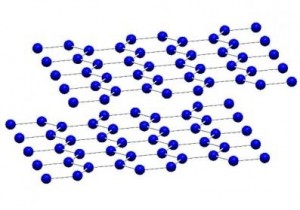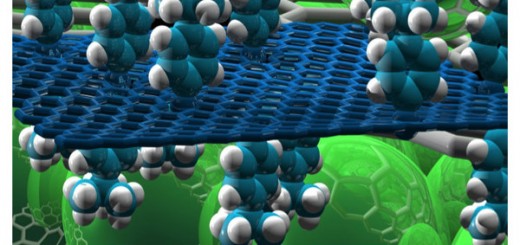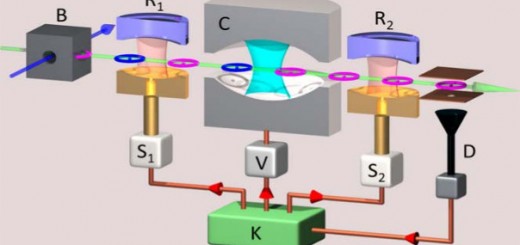Ising Phase in AA Stacked Bilayer Graphene
 Date: Friday, 29nd November (2013).
Date: Friday, 29nd November (2013).
Time: 12:00h
Place: Departamento de Física de la Materia Condensada, Facultad Ciencias, Módulo 3 , Aula de Seminarios (5ª Planta)
Prof. Luis Brey (Instituto de Ciencia de Materiales de Madrid (CSIC), SPAIN).
ABSTRACT:
Recently it has become possible to fabricate AA-stacked bilayer graphene in real samples. AA-stacked bilayer graphene supports Fermi circles in its bonding and antibonding bands, which coincide exactly, leading to symmetry breaking in the presence of electron-electron interactions. This system bears a close resemblance to biased, double layer graphene (in which a strong barrier separates the two layers), which is believed to ideally support spontaneous exciton condensation due to perfect nesting of the Fermi surfaces. Layer bonding and anti-bonding states of the AA system play the roles of layer states of the double layer system, and in the former case the system has only Ising symmetry, whereas the latter has a U(1) symmetry. In this presentation we analyze the possibility that electron-electron interactions break the Ising symmetry and open a gap in the energy spectrum. We find that, in the mean field approximation, the ground state has a charge density wave character, with the charge modulation of each layer out of phase. We calculate the gap and the mean field critical temperature as a function of the strength of the Coulomb interaction, taking screening into account self-consistently with the calculation of the gap. We also analyze the transition between ordered and thermally disordered phases based on a continuum model, and find that the transition is controlled by an effective U(1) stiffness. We argue that in the limit of zero layer separation, for which the full U(1) symmetry of the Hamiltonian is restored, the Ising transition continuously goes into a Kosterlitz-Thouless transition.


















